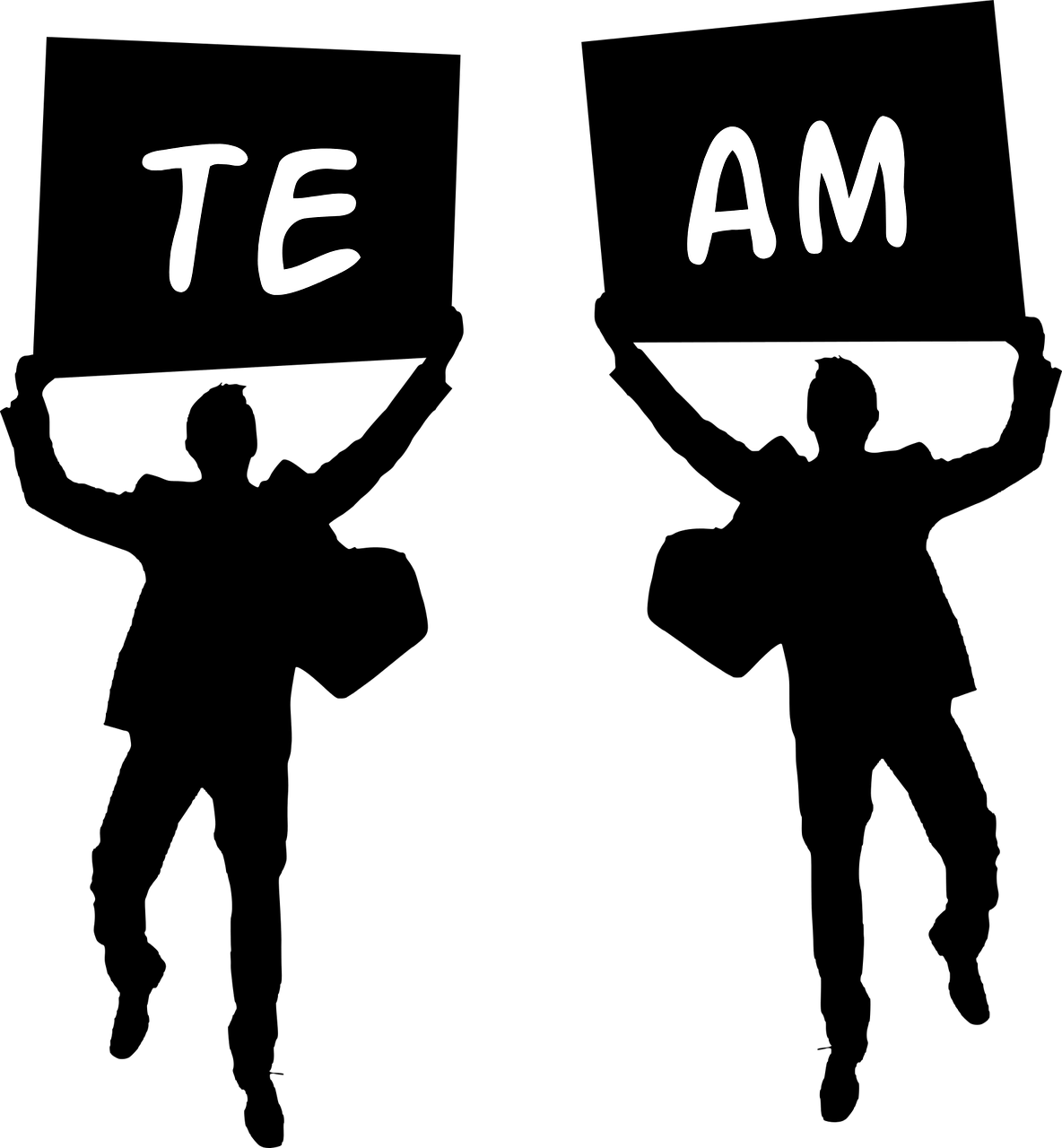We often talk about good teamwork as everyone getting along and coming together with the same vision. It may sound counter intuitive to say the best way to promote teamwork is through conflict.
Teamwork coaching rhetoric often tells us conflict is something to be avoided, but the truth is that a healthy amount of discord will help your team perform at its best. Conflict can feed your team’s creativity. Using it effectively allows you to mold your team dynamic into something that is collaborative and intensely productive.
Constructive v. Destructive Conflict
Many leadership training manuals focus on how to resolve conflict, but in truth, this approach fails to recognize the need for constructive conflict. There is such a thing as positive confrontation, and though destructive conflict hurts the team, constructive conflict drives it forward.
When two team members have a personality conflict or when one refuses to respect another, this is destructive conflict. The things fueling this are generally not related to the project at hand but competition and individual egos. Destructive conflict involves personal attacks and insinuations that people are not doing their jobs based on personality traits.
On the other hand, constructive conflict allows people to move forward together, attacking weaknesses in processes and designs without attacking each other. They have the same goal; they just disagree on the best way to get there. When kept under control, this can be very synergistic.
Spurs New Ideas
Studies show that better policies emerge from groups where dissent is welcomed than when there are a lot of people in a room who think exactly the same way. When people know they can safely express their own opinions, new ideas are forthcoming.
To jump start this kind of culture, a team leader may ask members to formulate their opinions on a matter and write it down before a meeting of minds. This allows them to organize their thoughts and gives them confidence to defend their own position while critiquing others’ ideas intelligently.
Acts as a Vehicle for Collaboration
Constructive conflict allows people to take a good idea, bang it around, and reshape it into a great idea. The result is that teams can benefit from each others’ strengths and different points of view.
As a team leader, you may need to referee to make sure confrontation stays constructive. Sometimes it means staying out of the way and letting arguments run their course. Other times it means wading in and restoring focus to the discussion. This type of leadership encourages teams to talk and to share ideas freely, but it allows them to feel safe doing so because they know you will not let things get out of hand.
Conflict Keeps Energy High
We’ve all been there. When you’re eight weeks into a project it can feel like all the teamwork coaching in the world could not keep your people motivated. The issue is that we are all prone to lose energy and motivation as projects draw out or become repetitive. We all get tired, and there is nothing wrong with that.
However, when people have something to spur them forward they can stay much more energized for extended periods of time. Team members challenging each other to constantly look for new and better ways of doing things, talking through road blocks, etc. helps feed the creativity and the synergy of the team. In this way teams can be their own sources of energy during the long hauls.
Gives Everyone a Voice
The strength of constructive conflict is that everyone has a chance to give their two cents. Instead of one or two people blazing forward through trial and error, a focused team can often whittle away at dead ends until all that’s left is the right way. A diversity of voices and solutions is necessary for growth in a competitive environment.
Keep in mind that it’s common in charged discussions for a couple of dominant egos to take over the room. It’s the manager’s job make sure everyone gets a chance to speak. Call on people, or find another way for them to make sure their words are heard and you are benefiting from their expertise.
As a team leader, the better you can set the ground rules for conflict in your team, the sooner individuals will learn to live within them. This will make conflict a tool of productivity and unity among team members, not just a problem to be avoided.
—
Matthew Goyette is a team leaders and a lifelong student of team building. He also serves as a blogger for Moementum, a company that provides organizational coaching and consulting.
 Sections of this topic
Sections of this topic
















